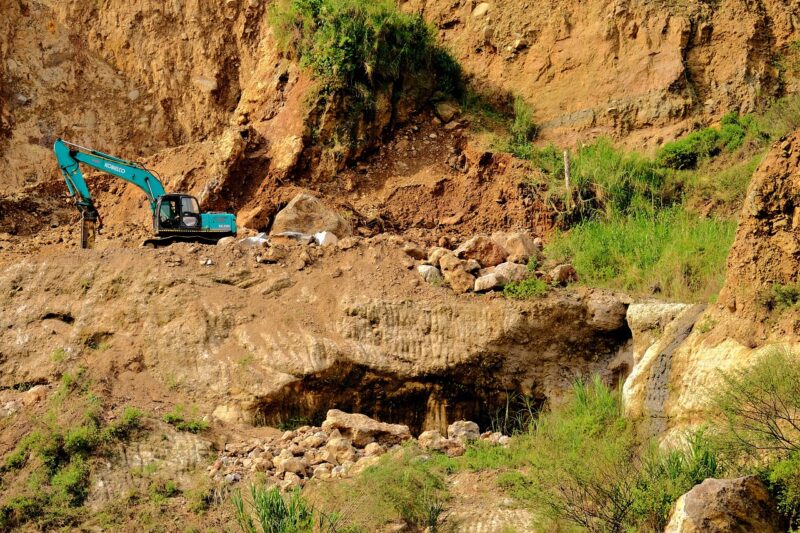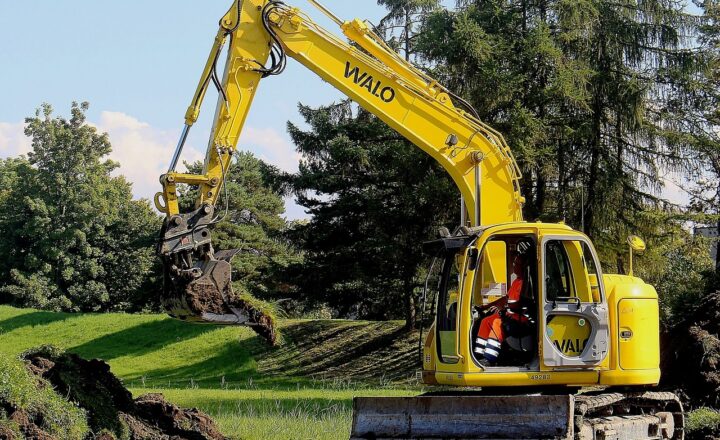How Entire Civilizations Were Lost to Time and Rediscovered Through the Wonders of Archaeology
November 17, 2024

Civilizations have risen and fallen throughout human history, leaving behind traces of their existence that tell stories of triumphs, struggles, and the relentless march of time. Many great societies have faded, their stories becoming part of the shadows of the past, until a spark of interest ignites and archaeologists dive into the depths of history to uncover the lost worlds.
1. The Importance of Archaeology
Archaeology is not just the study of ancient artifacts; it is a way to understand human progress, cultural evolution, and societal changes. With methods ranging from digging up ancient ruins to analyzing satellite imagery, archaeologists work tirelessly to piece together fragments of our past. This discipline encourages us to recognize the legacies of our ancestors and grasp their influences on modern life.
Archaeology holds profound significance because it:
- Gives voice to the voiceless, allowing us to learn about the daily lives of people who lived thousands of years ago.
- Helps us comprehend our own societies through the lens of the past, illuminating issues such as governance, religion, and economy.
- Preserves cultural heritage, ensuring that future generations can connect with their ancestral roots.
2. Notable Lost Civilizations
Throughout history, numerous civilizations have vanished, their stories obscured by time. Some of the most notable include:
2.1. The Maya Civilization
The Maya, once residing in what is now Mexico and Central America, were known for their remarkable achievements in writing, mathematics, and astronomy. However, by the 9th century, many of their monumental cities mysteriously fell abandoned. Only in the 19th century did researchers, like John Lloyd Stephens and Frederick Catherwood, begin to uncover their legacy through the exploration of sites like Tikal and Palenque.
2.2. The Indus Valley Civilization
Flourishing around 2500 BCE in what is now Pakistan and northwest India, this highly advanced civilization showcased impressive urban planning, sophisticated drainage systems, and a writing system that remains undeciphered. Rediscovered in the 1920s by archaeologists like D. R. Sahni, their cities, such as Harappa and Mohenjo-Daro, offer insights into early urban life and commerce.
2.3. The Ancestral Puebloans
Also referred to as the Anasazi, the Ancestral Puebloans inhabited the Four Corners region of the United States (Arizona, New Mexico, Colorado, Utah) from approximately 100 AD to 1300 AD. Their disappearance into the arid mountains left many questions unanswered, but archaeological sites like Mesa Verde and Chaco Canyon have provided glimpses of their remarkable architectural and agricultural innovations.
3. Rediscovery Techniques in Archaeology
The methods and technologies used in archaeology have evolved dramatically over the years, leading to exciting discoveries of lost civilizations. Among these techniques are:
3.1. Ground-Penetrating Radar (GPR)
GPR is a non-invasive method that enables archaeologists to detect subsurface structures without excavation. This technique provided insights into the layout of sites like the ancient city of Pompeii, revealing hidden foundations and walls buried beneath layers of ash.
3.2. Drone Technology
Drones equipped with advanced imaging technologies can survey large, hard-to-reach areas for archaeological evidence. They help in mapping sites, assessing damage, and uncovering structures obscured by vegetation. Notably, drones have played a crucial role in documenting the archaeological wonders of the Amazon jungle, unveiling structures that hint at ancient civilizations.
3.3. Data Analysis and Artificial Intelligence
Artificial intelligence is revolutionizing archaeology by processing vast datasets and identifying patterns that would remain undetected by the human eye. AI algorithms are assisting researchers in classifying artifacts, predicting the locations of archaeological sites, and even deciphering ancient texts.
4. Case Studies of Rediscoveries
The progress of archaeology has been marked by groundbreaking discoveries that have reshaped our understanding of lost civilizations. Here are some of the most compelling case studies:
4.1. Machu Picchu
Hidden in Peru’s Andes mountains, Machu Picchu is one of the most sought-after archaeological sites in the world. Built by the Inca in the 15th century, it remained a secret until its rediscovery by Hiram Bingham in 1911. Today, it stands as a symbol of Inca innovation and resilience, drawing thousands of visitors eager to connect with its mystique.
4.2. Angkor Wat
Once the heart of the Khmer Empire, Angkor Wat in Cambodia is an architectural masterpiece that lay hidden beneath the jungle for centuries. Rediscovered in the 19th century, it reveals the sophistication and grandeur of the Khmer civilization and inspired countless conservation efforts to preserve this UNESCO World Heritage site.
4.3. The Lost City of Petra
Known for its impressive rock-cut architecture, Petra in Jordan was a vital trading hub for the Nabataean people. Rediscovered in the early 19th century by Swiss explorer Johann Ludwig Burckhardt, it continues to amaze with its intricate facades and impressive water management systems.
5. The Ongoing Journey of Archaeological Discovery
The hunger for discovery never wanes in the world of archaeology. Continuously, researchers probe deeper, using advanced technologies to uncover remnants of lost civilizations and push the boundaries of our knowledge.
Important ongoing projects include:
- The Search for the Lost City of Heracleion: This ancient Egyptian city submerged underwater has intrigued archaeologists for years. Recent discoveries using underwater archaeology techniques are gradually revealing its past glory and exposing its treasures.
- Excavations in the Amazon Rainforest: Archaeologists are currently investigating vast regions of the Amazon to uncover sophisticated civilizations that once thrived there. Findings suggest the existence of large-scale settlements with advanced agriculture, quelling former beliefs of a sparsely populated rainforest.
- Uncovering the Minoan Civilization on Crete: Excavation projects are ongoing at the palace of Knossos, revealing the complexities of Minoan society and their contribution to European civilization.
6. Conclusion: The Enduring Legacy of Lost Civilizations
The exploration of lost civilizations serves as a reminder of the rich tapestry of human history. Each discovery not only reveals past societies but also enriches our understanding of humanity itself. The stories of forgotten people emerge from the earth, breathing life into history and igniting our curiosity for the future.
As archaeologists continue to push the boundaries of knowledge, their work reminds us of the profound connections we share with those who lived before us. The pursuit of understanding ancient civilizations is an ongoing journey, ensuring that, although they may be lost to time, their legacies will not be forgotten.
Let us remain forever intrigued by the mysteries of the past, fostering an appreciation for the foundations that have shaped our present and future.






